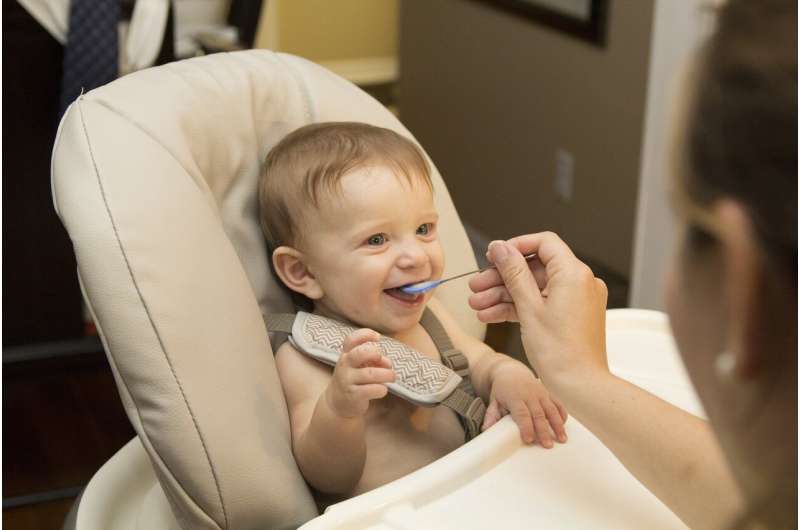
It’s well-known that children raised in families experiencing financial stress face greater risks of psychological and educational difficulties and behavioral problems in later life.
What’s less clear is the extent to which transferring cash to their families very early in their lives can make the rest of their lives better.
The large Coronavirus Supplement and JobKeeper payments made during the first year of the COVID pandemic might turn out to help, but it’s too early to tell.
In a study just published in the journal Social Science & Medicine, we have attempted to find out without waiting.
What happens when you get $26,000?
For our Changing Children’s Chances project, we wanted to find out what would happen to the social, emotional and physical health and educational progress of children from low-income Australian families if those families had been given A$26,000 ($1,000 a fortnight) in the first year of their child’s life.
Actually giving families $26,000 would have been expensive, so instead we used existing data from the Growing Up in Australia: Longitudinal Study of Australian Children study that has tracked the progress of 5,107 infants since 2004.
This data included parent interviews and parent-reported questionnaires to determine their household income and family circumstances.
Better child health, better parent health
Using a technique known as target trial emulation, we were able to work out the potential benefits, had we been able to really hand out large sums of money.
Examining families with an annual household income below $56,137 per year, we found that a single hypothetical supplement of $26,000 in a child’s first year:
- reduced children’s risk of poor social-emotional outcomes at age four to five; equal to a 12% improvement in equity
- reduced children’s risk of poor learning outcomes at age four to five; equal to an 11% improvement in equity
- reduced children’s risk of poor physical functioning outcomes at age four to five; equal to a 10% improvement in equity
- reduced the risk of poor mental health of the child’s primary caregiver at two to three years; equal to a 7% improvement in equity.
The benefits were similar when we simulated giving the benefit to more households (those with incomes up to A$99,864).
While the hypothetical income supplement of $26,000 was generous compared to the sums of cash previously studied, it would be incremental to current government income support.
Cash was good, but not enough
An important finding was that despite their size, the cash transfers didn’t eliminate inequalities in outcomes. Inequities remained in children’s health, development and well-being.
This suggests income support is part of what is needed, but not the only thing. Research from low and middle-income countries finds that “stacked” cash-plus programs that include services such as health care are more effective than cash alone.
The measures introduced during the first year of COVID have shown us it’s possible to give low-income families much more financial support. Our findings suggest it is worthwhile.
The Changing Children’s Chances Investigator Group was responsible for the research that underpinned this article.
Provided by
The Conversation
This article is republished from The Conversation under a Creative Commons license. Read the original article.![]()
Citation:
What happens when you give a low-income family $26,000 in their child’s first year? We think we’ve found out (2024, June 15)
retrieved 15 June 2024
from https://phys.org/news/2024-06-income-family-child-year-weve.html
This document is subject to copyright. Apart from any fair dealing for the purpose of private study or research, no
part may be reproduced without the written permission. The content is provided for information purposes only.